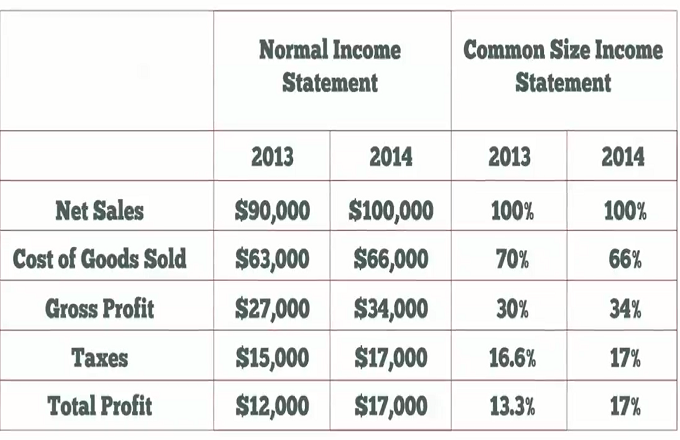Covariance is a concept used in statistics and probability theory to describe how two variables change when compared to one another. In business and investing, covariance is used to determine different investments’ returns over a period of time in relation to different variables. Usually the investment assets are the marketable securities in a portfolio.A positive covariance means the assets’ returns move up or down together. A negative covariance means they move in opposite directions. By using covariance, a portfolio manager can determine if the portfolio is adequately diversified. The goal is to have marketable securities that have a negative covariance to one another. This ensures that when one security’s return falls, another security’s return will rise to offset the loss. Covariance is often used to measure movement relations where the units of measure are different. For this reason, covariance does not indicate the degree to which the two items being measured move in relation to one another. For instance, if Asset A and Asset B have a negative covariance, when Asset A has a positive return, Asset B will have a negative return. However, if Asset A’s returns increase by 15%, covariance will only tell you that Asset B’s returns will go down. The amount could be 5%, 10%, etc. To determine the actual amount; you must first calculate the correlation between the two assets’ units of measure.





